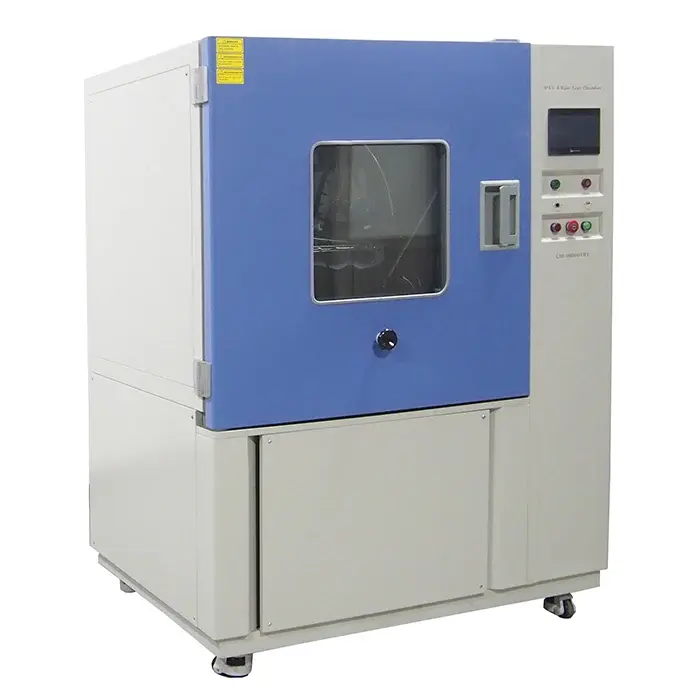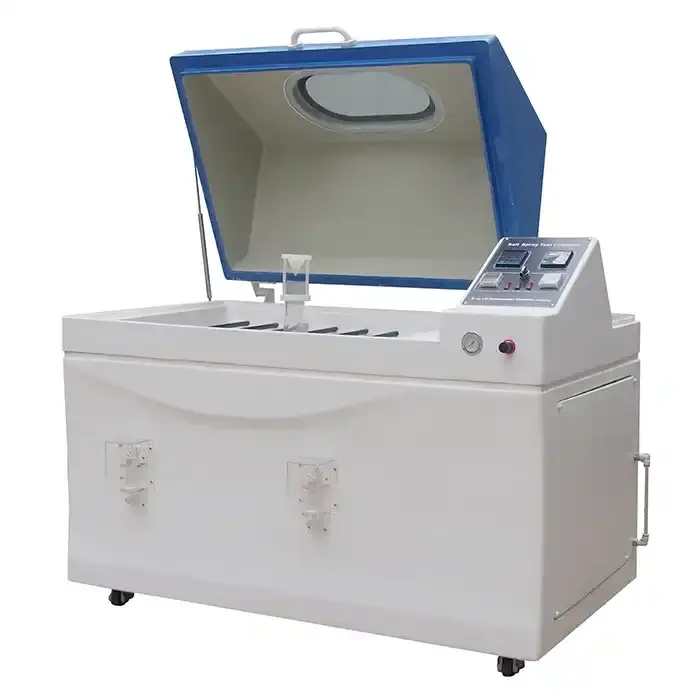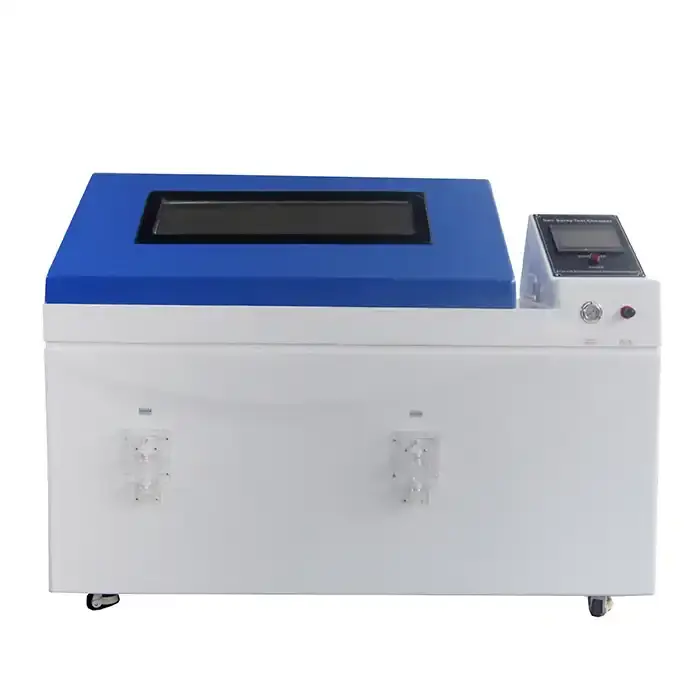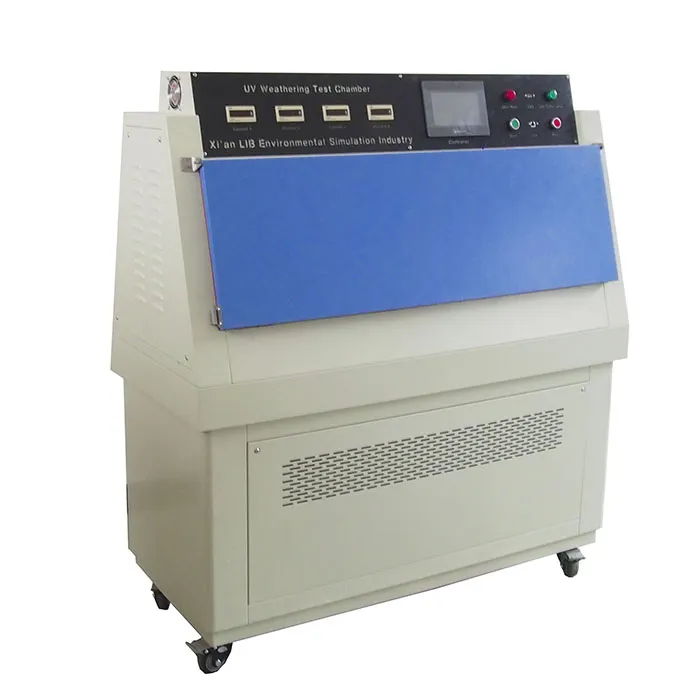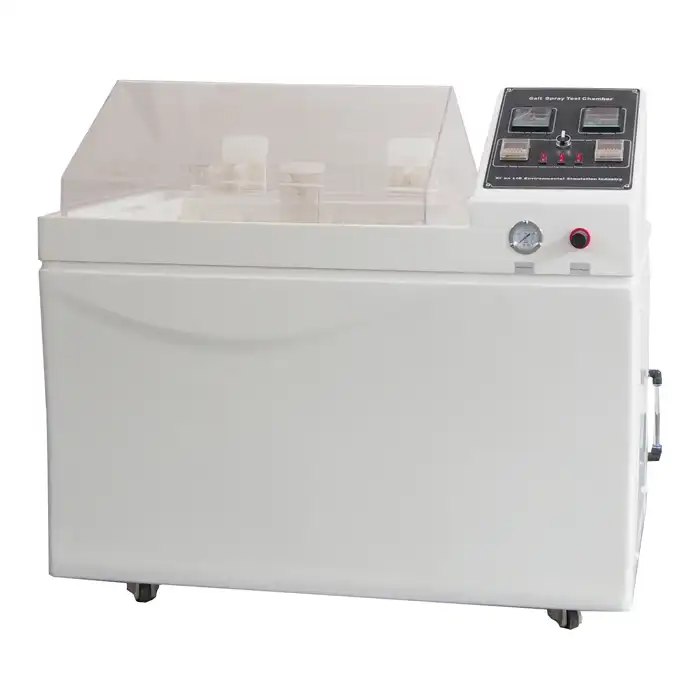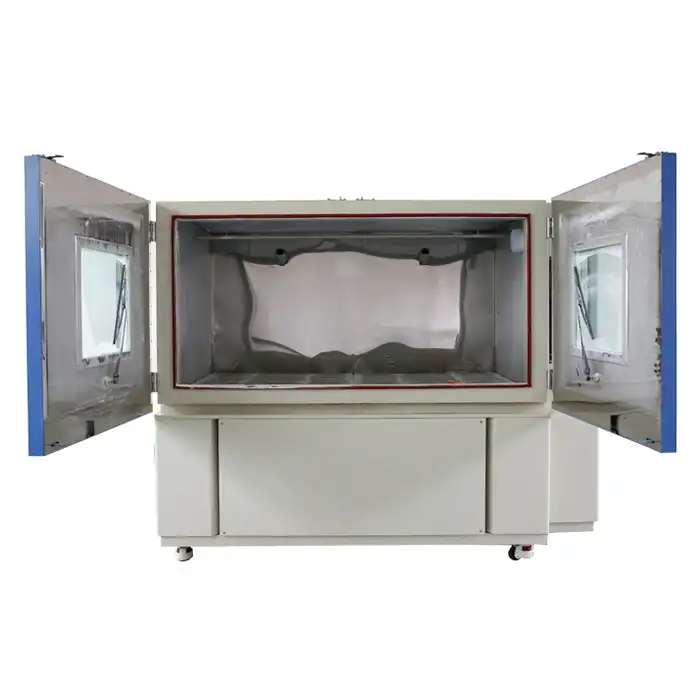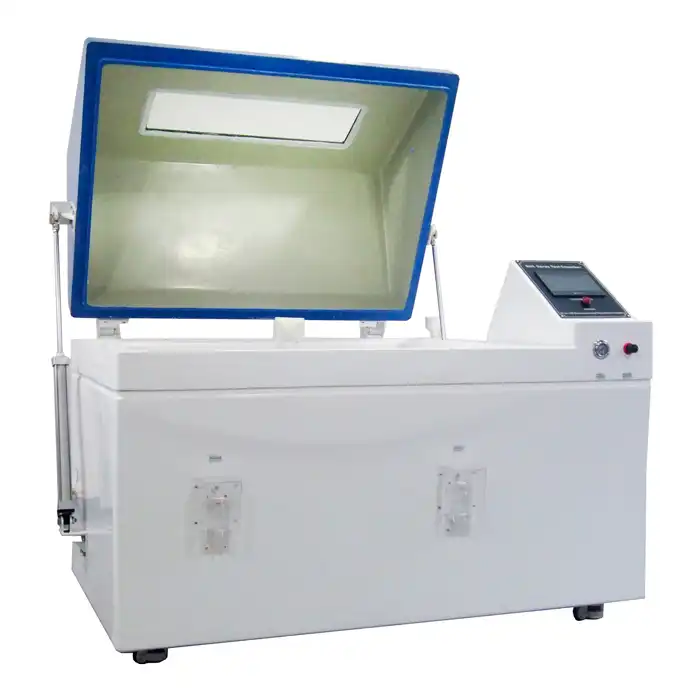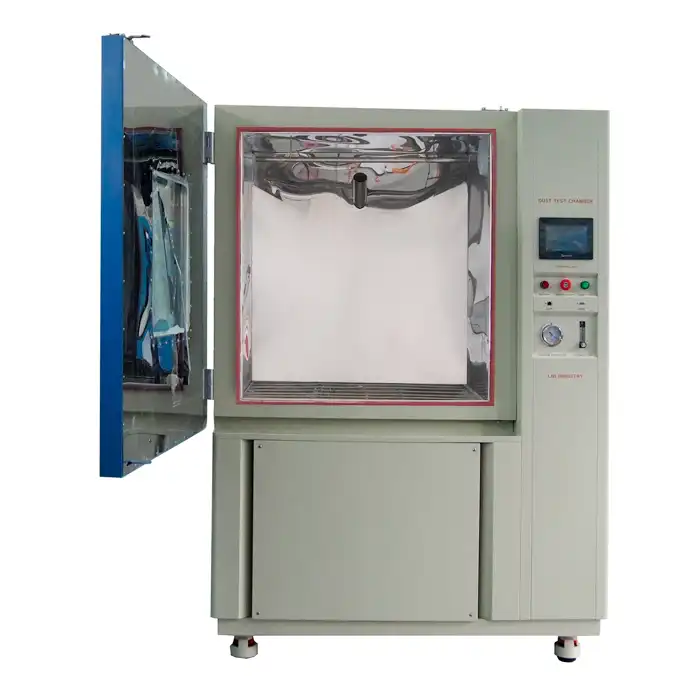Precision Corrosion Testing: The Advantages of Using a Salt Spray Cabinet
Corrosion is a persistent challenge across industries, affecting product longevity, safety, and performance. To combat this, manufacturers rely on salt spray cabinets to simulate harsh environments and assess material durability. These advanced testing chambers offer precise, repeatable conditions that accelerate corrosion processes, providing valuable insights into material and coating resilience.
Creating a Highly Controlled and Repeatable Microclimate
A salt spray cabinet provides a meticulously controlled microclimate, ensuring consistent exposure to corrosive elements. Unlike outdoor testing, where environmental factors like temperature, humidity, and airborne contaminants fluctuate unpredictably, a salt spray chamber isolates these variables. This level of precision is crucial for industries such as automotive, aerospace, and marine engineering, where materials must withstand extreme conditions.
For example, automotive manufacturers use salt fog climate testing to evaluate how protective coatings on steel components resist rust over time. By maintaining stable conditions - such as a continuous saline mist, specific temperature settings, and controlled pH levels - these chambers allow for accurate comparisons between different materials and coatings. This controlled environment ensures repeatable results, reducing the risk of inconsistent data and enabling manufacturers to make informed decisions about material selection and product design.
Accelerating Nature's Corrosive Forces
Natural corrosion can take months or even years to manifest, making real-world exposure testing impractical for product development timelines. Salt spray cabinets accelerate this process, subjecting test specimens to an aggressive saline mist that mimics decades of exposure in a fraction of the time.
This accelerated corrosion testing is particularly valuable for protective coatings, galvanized metals, and painted surfaces, helping manufacturers quickly identify weaknesses and improve corrosion resistance before products reach the market.
Standardization for Comparative Assessment
Industry standards like ASTM B117, ISO 9227, and MIL-STD-810 define strict protocols for salt spray testing, ensuring uniformity and reliability in corrosion assessments. By adhering to these standards, manufacturers can benchmark their materials against competitors and regulatory requirements, ensuring compliance with safety and durability expectations.
For instance, in aerospace applications, where metal components are exposed to high humidity and salt-laden air, standardized testing ensures that coatings and alloys meet stringent performance criteria. Without such controlled evaluations, predicting real-world corrosion behavior would be far more challenging.
Controlled Exposure Uniformity
One of the biggest challenges in corrosion testing is ensuring uniform exposure across multiple specimens. A salt fog climate chamber addresses this by distributing a fine, continuous mist that coats all surfaces evenly. This eliminates inconsistencies that may arise in open-air testing, where factors like wind direction, pollution, and varying humidity levels can affect results.
For manufacturers in marine industries, where metal parts are constantly exposed to saltwater, uniform exposure testing ensures that every component undergoes the same degree of corrosive stress. This allows engineers to pinpoint weaknesses, refine protective coatings, and extend the lifespan of critical equipment.
Quantitative Data Generation Potential
Traditional corrosion assessments often rely on visual inspection, but this approach can be subjective and prone to human error. Modern salt spray cabinets go beyond surface-level observations, enabling quantitative analysis through mass loss measurements, coating thickness evaluations, and electrochemical testing.
For example, in electronics manufacturing, where corrosion can lead to circuit failures, precise data collection helps engineers refine protective enclosures and conformal coatings. The ability to generate detailed metrics ensures that product performance and reliability are thoroughly validated before deployment.
Whether you need to analyze protective coatings, benchmark materials against industry standards, or accelerate corrosion simulations, LIB Industry provides high-quality salt spray cabinets tailored to your specific needs. For more information on our salt spray cabinets, contact us at ellen@lib-industry.com.
References
1. ASTM B117 - Standard Practice for Operating Salt Spray (Fog) Apparatus. ASTM International.
2. ISO 9227: Corrosion Tests in Artificial Atmospheres - Salt Spray Tests. International Organization for Standardization.
3. MIL-STD-810 - Environmental Engineering Considerations and Laboratory Tests. U.S. Department of Defense.
4. Bierwagen, G. P., & Tallman, D. E. (2002). EIS Studies of Coatings with and without Inhibitors in Immersion and Salt Spray Environments. Journal of Coatings Technology.



